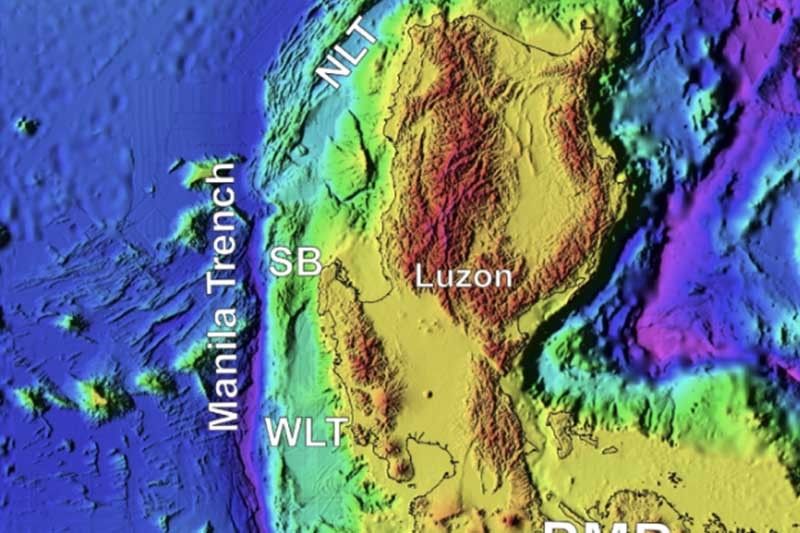Scientists discover potential energy source in Manila Trench

MANILA, Philippines — Geologists from the University of the Philippines (UP) found evidence of a potential energy source in the Manila Trench: gas hydrates, or ice-like substances mostly composed of methane.
Researchers from the UP Diliman College of Science Natural Institute of Geological Sciences (UPD-CS NIGS) discovered that a roughly 15,400 square kilometer area, or approximately the size of Palawan, within the Manila Trench could contain gas hydrates.
Manila Trench is a long, narrow depression in the seafloor located west of the islands of Luzon and Mindoro.
“The western Philippines has vast potential for this unconventional energy resource,” said the researchers, who estimated the gas hydrate deposits may be located between 200 and 500 meters below the seafloor.
According to the United States’ National Oceanic and Atmospheric Administration (NOAA), gas hydrate deposits contain about twice the carbon of all combined coal, oil and conventional gas reserves, making them a potentially significant energy resource.
Geologic, environmental threat
UPD-CS, however, stressed that gas hydrates, also known as methane hydrates, can be a geologic and environmental threat.
Gas hydrates, which are unstable solids, melt when conditions change, like during earthquakes. The Manila Trench, in particular, is associated with frequent earthquakes in western Luzon.
UPD-CS explained that when gas hydrates melt, they can disturb the seafloor, possibly causing submarine landslides and triggering tsunamis.
Gas hydrates contain huge amounts of methane, a potent greenhouse gas that contributes to the warming of the planet. Over a 20-year period, methane is 80 times more potent at warming than carbon dioxide.
“Just one cubic-meter block of gas hydrate contains as many as 160 cubic-meter blocks of methane in its gas form. This is equivalent to 14% of an average Filipino’s methane emission in 2021,” UPD-CS said.
The researchers stressed the importance of determining the distribution and stability conditions of gas hydrates offshore of the Philippines.
Pioneer research
The study of Elisha Jane Maglalang, Dr. Leo Armada, Madeleine Santos, Karla May Sayen, and Dr. Carla Dimalanta was the first to investigate gas hydrates in Philippine trenches.
The scientists relied on sound waves called bottom-simulating reflectors (BSRs) to determine the location of gas hydrates without drilling through the seafloor.
The researchers, however, noted that while BSRs are strong indicators of gas hydrates, they are not definitive. They said that future drilling of offshore targets will be crucial in confirming the presence of gas hydrates.
“These investigations offer a vital opportunity to develop our indigenous energy wealth,” they said.
- Latest





























